
Goodbye Gas, Hello Future – EVs Are Transforming the Auto World!
Electric vehicles (EVs) go to the wheel of this change as the vehicle sector speeds towards a much better, smarter, and extra lasting future.
Originally taken a particular niche luxury for ecologically aware consumers, EVs are fast taking front phase and redefining just how cars are developed, run, and experienced.
This is a seismic development rewarding the policies for car manufacturers, changing customer actions, and redefining world ecological objectives, not only a change in fuel type.
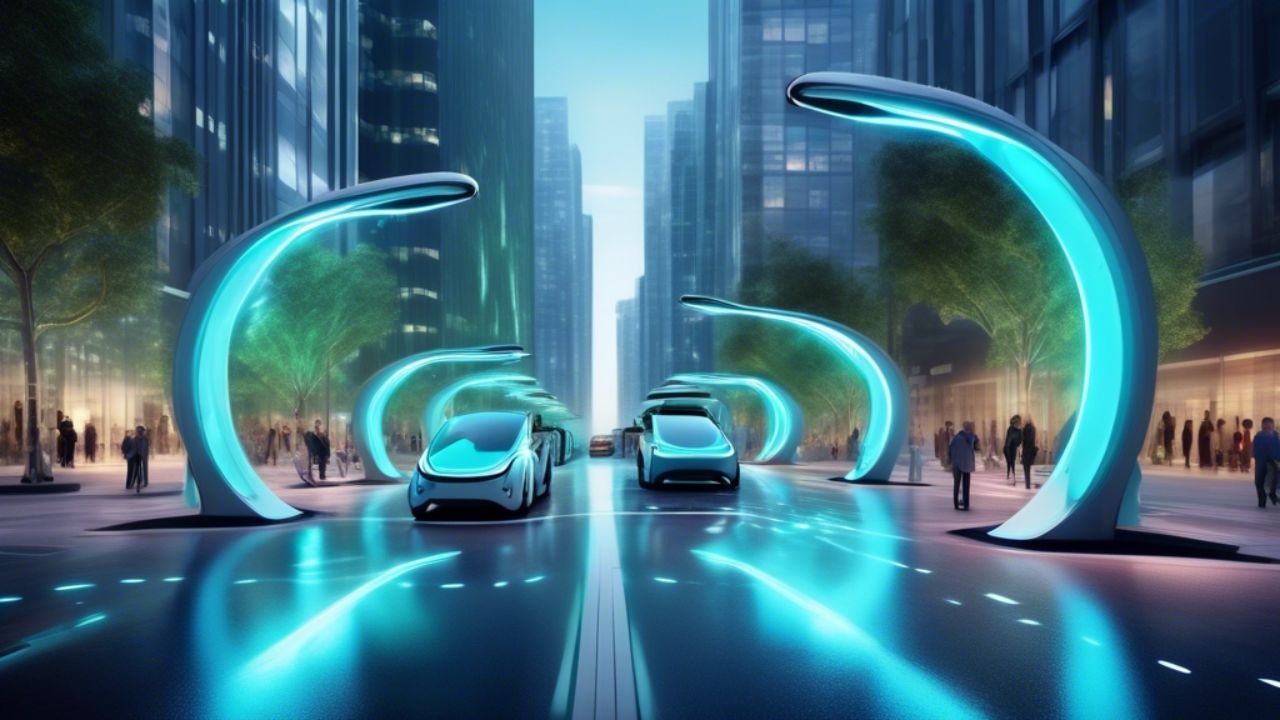
An Intro to Electric Cars (EVs)
The Advancement of EV Vehicles
Electric vehicles (EVs) go to the wheel of this change as the vehicle sector speeds towards a much better, smarter, and extra lasting future.
Originally taken a particular niche luxury for ecologically aware consumers, EVs are fast taking front phase and redefining just how cars are developed, run, and experienced.
This is a seismic development rewording the policies for car manufacturers, changing customer actions, and redefining world ecological objectives, not only a change in fuel type.
Though their tale began more than a century earlier, electrical cars might seem like a contemporary creation.
On American highways, EVs actually surpassed gasoline-powered cars in the very early 1900s. But for years automation, affordable oil, and combustion engines drove electric replacements into obscurity.
By now we are seeing an electrical regeneration in the 21st century. Tesla’s joining the marketplace altered everything.
Tesla broke the misconception of EVs being slow and unfeasible with elegant designs, great performance, and modern-day software.
Other manufacturers soon did the same. From Ford and GM to BMW and Hyundai, practically every huge automaker today has actually promised an electric future.
This development is about redefining the cars and truck from the ground up, not just regarding engine updating.
EVs are developed with performance and sustainability at first hand, rely mostly on software program, and have less relocating components.
With over 10 million EVs on roads internationally and approximates of over 145 million by 2030, it is abundantly evident that driving will be electric.
Why the Automotive Industry is Shifting Gears
Why then is the vehicle field all of a sudden changing things around? Multiple aspects are driving this adjustment:
- Environmental Issues: Automakers have been under pressure to reduce their carbon impact from international emissions targets and environment modification.
- Consumers desire less expensive, quieter, cleaner alternative to traditional car.
- Government policies pushing both services and consumers toward electrical automobiles consist of motivations, aids, and prohibitions on combustion engines.
- Advances in battery modern technology and production have actually made EVs a lot more practical and moderately priced.
The vehicle field is welcome change, not only responding to it. Producers are upgrading supply chains to sustain a new electrical age, building specialized EV platforms, and spending billions in R&D.
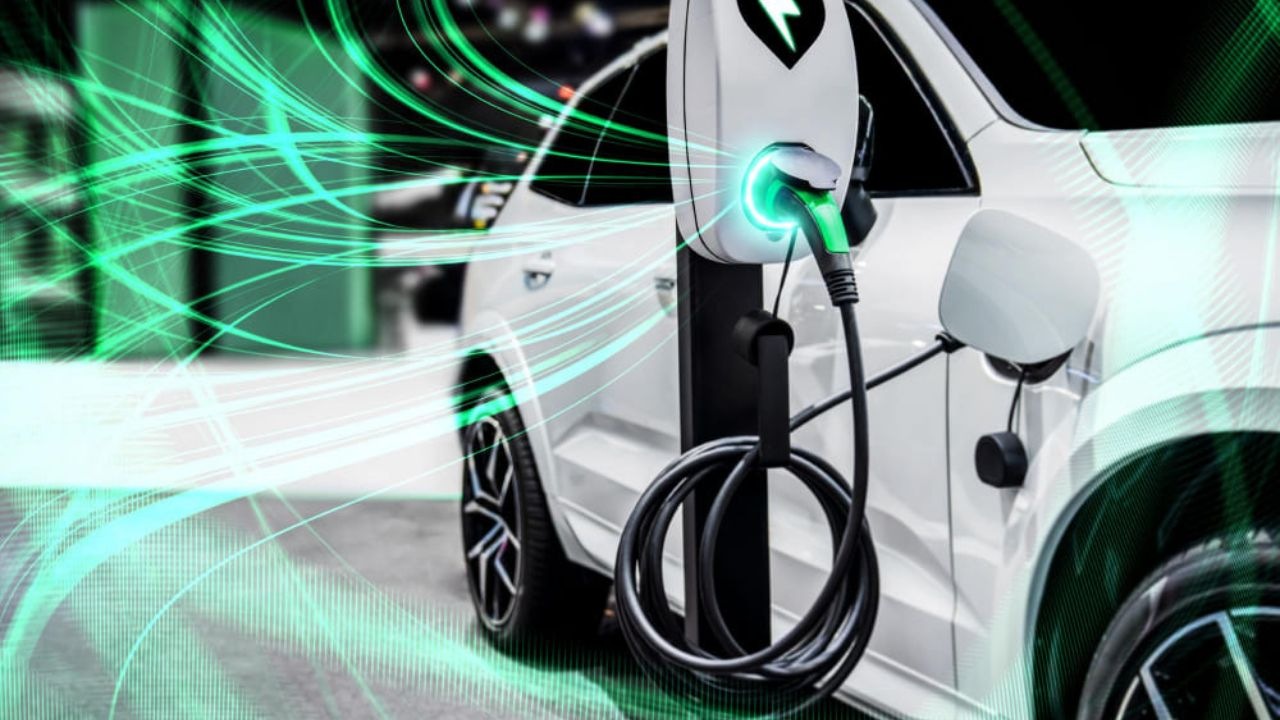
Technological Innovations Driving EV Adoption
Battery Technology Breakthroughs
An EV’s battery resembles its beating heart; it has advanced a great distance. Early EVs fought low range and long billing times, yet modern lithium-ion batteries have actually transformed the scene.
EVs with 300+ miles of variety and fast-charging capabilities that can include 80% power in less than 30 minutes are not uncommon today.
What is driving this efficiency spike? Several innovations:.
- Greater energy thickness, faster charging, and far better security make solid-state batteries appealing.
- Decreased costs and boosted effectiveness are arising from developments in lithium-iron-phosphate (LFP) and nickel-cobalt-aluminum (NCA) batteries.
- Firms are functioning to reduce waste and price by recycling EV batteries for power storage, so benefiting second-life usage.
These battery breakthroughs not just make EVs more reasonable yet also a lot more reasonably priced.
Over the past ten years, the cost per kWh has gone down practically 90%; as battery rates maintain declining, EV sticker label pricing will certainly likewise drop.
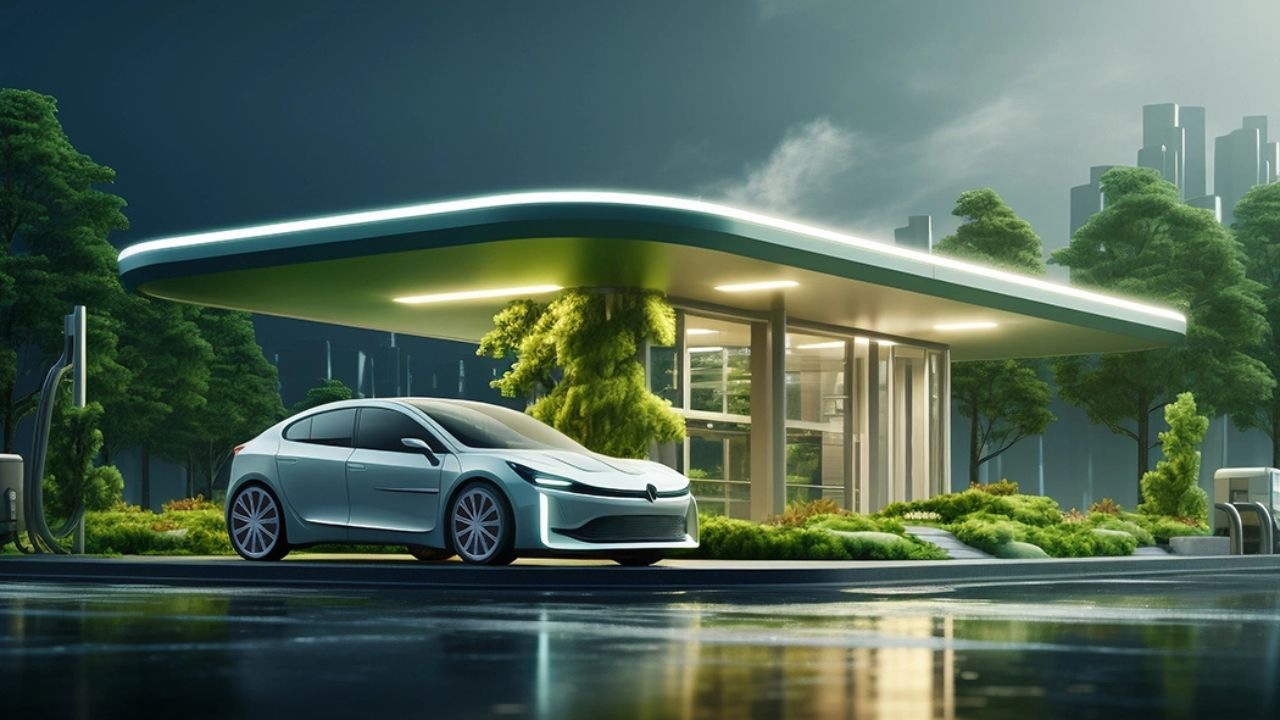
Advancements in Charging Infrastructure
A vehicle’s worth is limited by the network that sustains it. The good news is, infrastructure for EV charging is establishing at explosive rate.
From domestic wall boxes to rapid DC chargers along freeways, it’s getting simpler than ever to power your electrical experience.
Both governments and commercial enterprises are heavily spending:.
- There are over 50,000 fast-charging stations spread around Tesla’s Supercharger Network.
- As a result of their better power performance, EVs are cleaner also in coal-heavy grids.
- Emerging technologies try to allow vehicle drivers bill merely by parking over a pad, without plugging in.
One huge challenge being addressed is “array anxiousness,” the worry of lacking power without a battery charger close by.
Much better navigating, real-time battery charger condition applications, and more terminals opening daily help this anxiousness to discolour quickly.
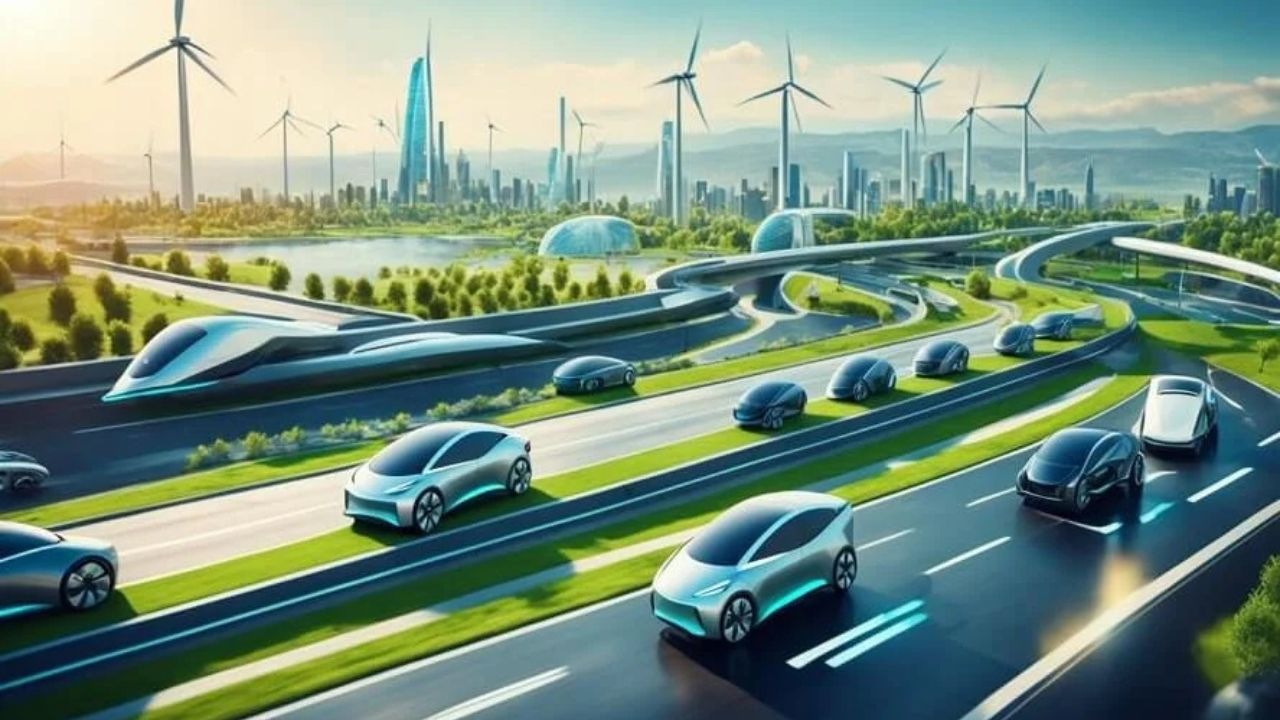
Environmental Impact and Sustainability
Reducing Carbon Emissions
EVs’ capability to considerably lower carbon discharges is among their strongest selling proposals. EVs create no tailpipe pollution unlike standard cars and trucks.
Although manufacturing does have a carbon expense– particularly in battery manufacture– the total life time exhausts are a lot less.
The breakdown is as adheres to:.
- Over their lifetime, EVs produce about 60 to 70 percent less than fuel automobiles.
- Powered by renewable energy, such solar or wind, they can be virtually completely carbon-neutral.
- As a result of their better power performance, EVs are cleaner also in coal-heavy grids.
Nations attempting to reach environment targets locate EVs to be absolutely important. Many are hence banning the marketing of new diesel and gasoline automobiles by 2035 or earlier.
Electric vehicle and the eco-friendly economic climate
The transfer to electric vehicles is not just an accomplishment for the atmosphere but also a major engine of the environment-friendly economy. Brand-new markets, employment, and opportunities in this transformation are arising in:.
- Manufacturing and recycling of batteries.
- Lasting power and wise grids.
- Environmentally friendly mining for battery parts.
- Eco-friendly applications and take a trip choices.
From a macro perspective, nations making very early financial investments in EV supply chains and infrastructure are developing themselves as leaders on the planet environment-friendly economic climate.
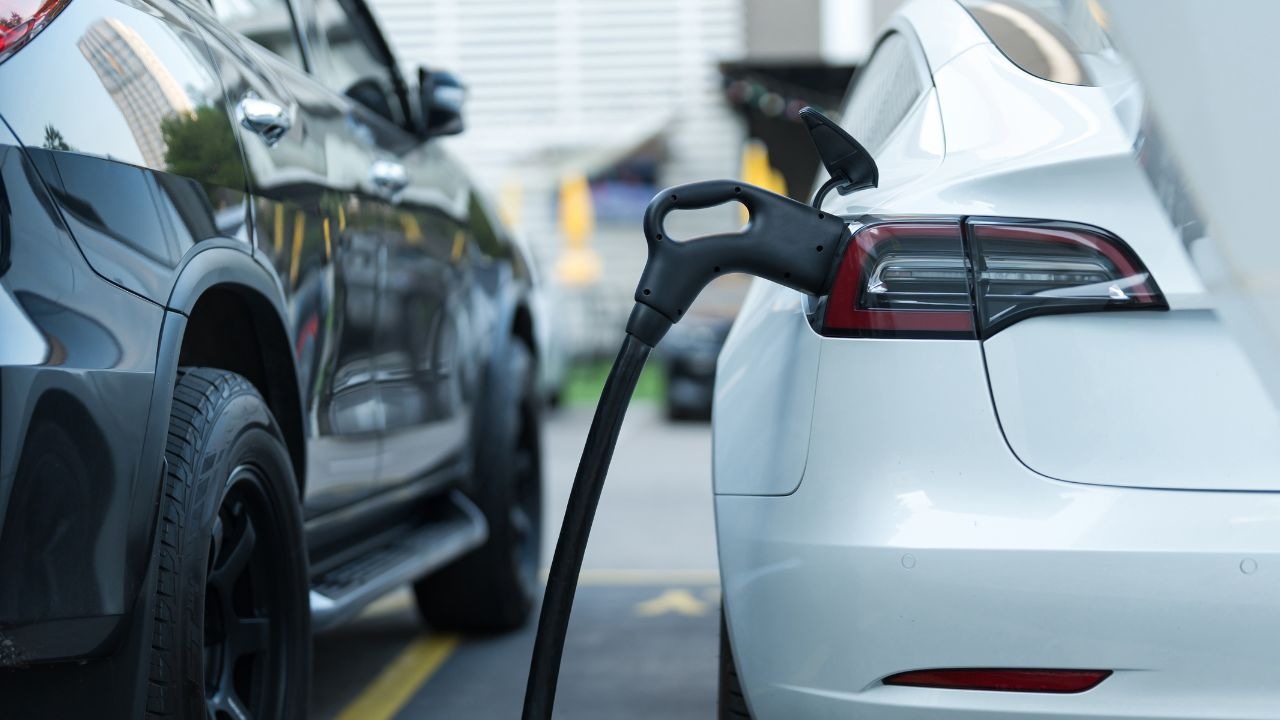
Economic Implications of EV Adoption
Effects on Oil and Gas Demand
Among the knock-on consequences of enhanced EV acceptance is disruption of globe oil markets. Demand for fuel is likely to dramatically go down as even more people connect in instead of fill-up.
Essential impacts consist of:.
- The IEA jobs that by 2040 EVs will replace approximately 6 million barrels of oil daily.
- Less demand could trigger volatility in oil-dependent countries or rate declines.
- Geopolitical modifications: countries less based on oil exports could obtain political and financial influence.
- For nations rich in oil along with for non-renewable fuel source business– many of which are currently consisting of renewable resource and EV charging facilities right into their future strategies– this change has substantial implications.
Job Creation in New Automotive Sectors
Although EVs reduced the need for some traditional automotive manufacturing jobs (such as internal burning engine assembly), they additionally present brand-new potential customers in establishing industries:.
- R&D as well as battery manufacture.
- Software design and electric motor.
- EV medical diagnosis and upkeep.
- Management of the smart grid and framework.
Business and governments are sprinting to equip people for these future-oriented roles. If managed correctly– with the appropriate expenditures in education and learning, training, and reasonable accessibility– the EV change might be internet positive for work.
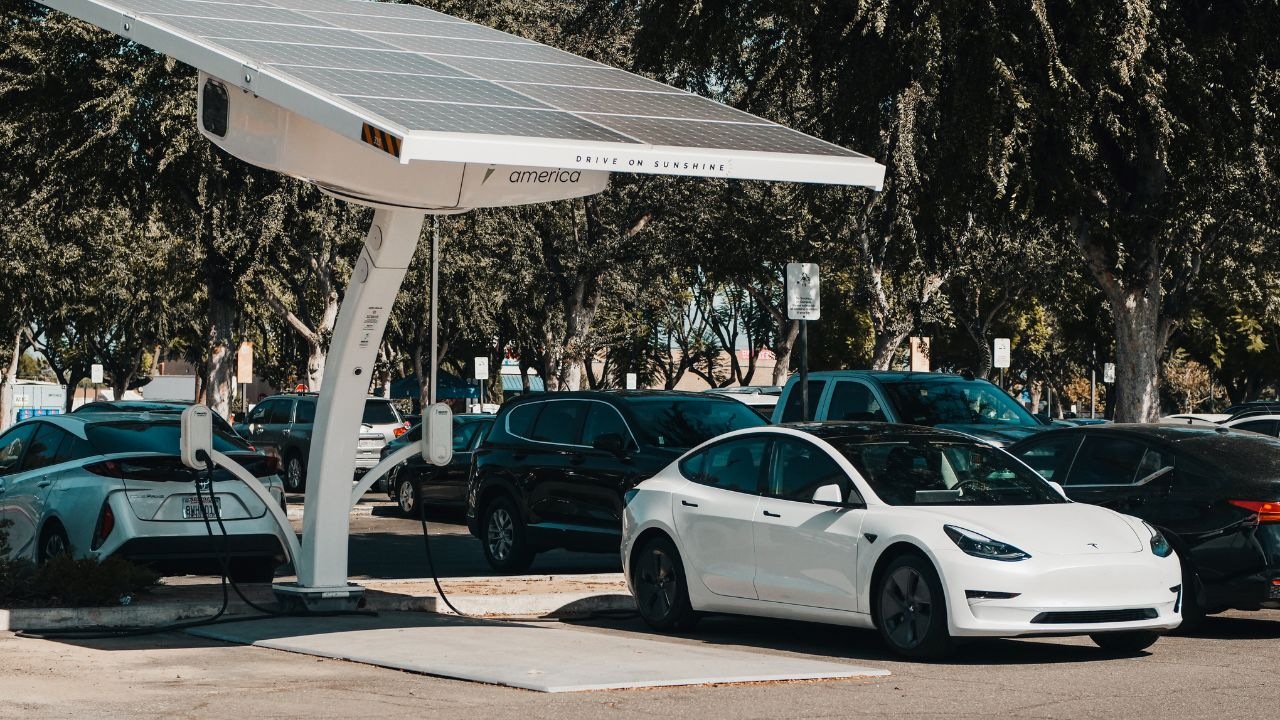
Automakers’ Strategic Shift to Electrification
Legacy Brands Reimagining Their Identity
Not long ago, widely known producers were reluctant to invite electric movement. By now almost every legacy brand name is changing its schedule, financial investments, and messaging to totally commit to EVs.
Consider Ford as one instance. Originally emblematic of American muscle, it is today leading the EV charge with versions like the F-150 Lightning and the Mustang Mach-E.
By 2035 GM has guaranteed to just market zero-emission vehicles. Shaken by its diesel discharges rumor, Volkswagen is spending more than $100 billion in electric vehicles and wants to manage the European market.
These adjustments are architectural, not only in launching a couple of electric designs. The makers are:.
- Developing details EV platforms such as VW’s MEB or GM’s Ultium.
- restructuring making facilities for simply electrical output.
- Working together with producers of batteries.
- Producing very own ecosystems of exclusive software.
The future of the automobile industry is electrification; brand names that fall short to adapt will certainly be lost. It is no more a side project.
Rise of EV-Only Brands
A new generation of EV-only brand names is stretching the envelope on style and advancement while legacy companies hurry to catch up. These companies were born electric, as shown.
Leading the pack is Tesla, the undoubtedly cutting-edge company in the field. Still, they are not on their own.
Fresh ideas and intense competitors are being brought by companies including Rivian, Lucid Motors, Fisker, and China’s NIO. Below is just how they are distressing things:.
- EV-first business in some cases eschew traditional styles for advanced, understated looks.
- Avoiding dealers allows direct-to– consumer models better work out prices and streamlined solution.
- Like mobile phones, autos advance with time via software updates.
- Several business highlight not only on electrical powertrains yet likewise on making use of recycled products, vegan insides, and carbon-neutral manufacturing.
These services redefining automobiles likewise redefining what it indicates to be an auto business. In individual experience, software advancement, and ecological obligation they are establishing brand-new criteria.
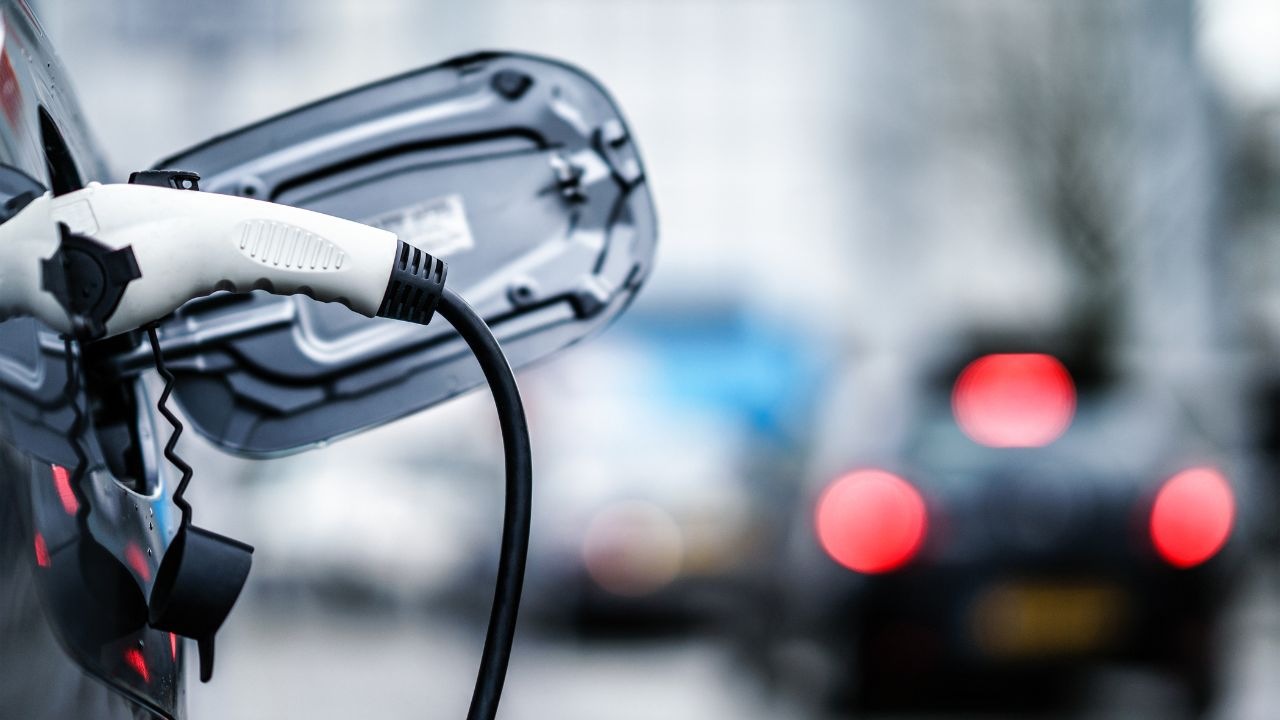
Challenges Facing the EV Revolution
Battery Supply Chain Issues
Even if electrical cars are coming to be a growing number of prominent, the supply chain for some crucial components still triggers issues.
Though they are commonly mined under suspicious labor problems or focused in geopolitally delicate locations, lithium, cobalt, nickel are minerals that are absolutely crucial for batteries.
Challenges include:
- limited globally supply with rising demand.
- Ethical sourcing problems, particularly in countries like the Democratic Republic of Congo abundant in cobalt.
- Environmental impacts of mining tasks.
Federal governments and automakers are countering these challenges by:
- Funding local mining and refining capacity.
- Checking out various other materials, such as sodium-ion or solid-state batteries.
- Producing reliable reusing systems for battery products.
Keeping the EV boom without trading one ecological issue for one more will rely on a safe and ethical supply chain over time.
Grid Capacity and Energy Demand
Numerous electrical vehicles connect in pleads the concern of whether the power grid can manage it.
The quick response is– yes, yet with enhancements. Specifically during peak hours, prevalent EV adoption will certainly increase demand for electricity.
Poor monitoring of this might cause inadequacies or local interruptions. With time-of- utilize pricing and clever grid technology, the change can be seamless and even helpful, though.
Through vehicle-to– grid (V2G) modern technology– where plugged-in cars send out power back to the grid during durations of high need– EVs can help stabilize the grid.
Your EV might essentially become a small power plant. Secret is likewise running EVs on renewable resource.
Mainly, charging vehicles with coal-generated electrical energy defeats their intended use.
A truly environment-friendly transition depends upon combining EV development with investments in solar, wind, and hydro power.
The Role of Autonomous Technology in EVs
Synergy Between EVs and Self-Driving Tech
A lot of the firms heading the EV transformation are likewise front and foremost in independent driving, not by accident. Self-driving and electrical innovations work together and taken together will certainly transform flexibility.
Why does the synergy job?
- For autonomous systems, EVs are excellent because they are easier to regulate with software application.
- Precision control offered by electrical drivetrains is what smooth autonomous maneuvers rely on.
- Many electrical cars have built-in sensing units and connected platforms, which specify autonomous tech.
Following wave of technology comes from Tesla’s Autopilot, Waymo’s robotaxis, and Apple’s apparently self-driving electric automobile job.
Autonomous EVs promise to:
- Minimise human error-causing web traffic mishaps.
- Allow fresh organization designs including robo-fleets and shared mobility.
- Free up traveling time, convert lorries into mobile offices or entertainment centers.
Still, there are problems specifically when it come to values, public depend on, and control. Still, the combination of EVs and autonomy is a futuristic concoction already being intoxicated.
Conclusion: The Electric Revolution is Here
Electric vehicle are not trends. Our activity, way of life, and communication with the environments undergo a standard change.
Initially a specific niche movement, what started out because of this has now come to be the inspiration behind one of the most crucial modification in auto history.
From all angles– technological, monetary, environmental, and social– EVs are altering the automobile sector. And the momentum is simply developing as even more businesses, consumers, and nations pledge electrification.
This goes beyond merely changing our gas consumption for our vehicles. It has to do with redefining mobility for the 21st century and beyond.
Should you not yet go electric, chances are you will soon. For the road in advance? That is electrical.
